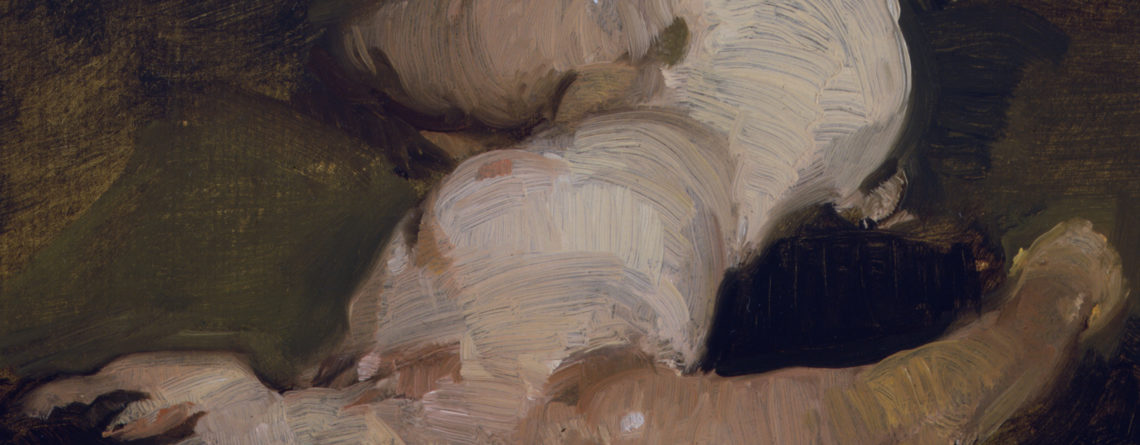How Do Artists Use Paint to Make Skin Color Look Real?
Matching skin color exactly the way you want it can be a challenge for many artists. The tips below can help!
How does an artist decide what colors to mix for skin color?
In order to make flesh seem real, you need to use both warm and cool colors.
Where do you use warm or cool colors in skin color?
Simple: in the light, warm colors advance and cool colors recede. So where you want a form to come forward, you use warm colors. Where you want a form to recede, use cool colors.
How do you decide which colors to use and where to put them?
If all the front planes are the advancing (warm) color, then all the side planes are the receding (cool) color. Warm and cool planes alternate.

NON-COLOR or TURNING COLOR
The transition color is called a non-color. Non color relates to the air in the painting, which makes a form appear to recede. It is also called a turning color. Non color is used to turn the form visually in a painting without changing the value of the color. This keeps the form looking “flat” and therefore has stronger visual impact.

The mixture of the flesh color with the background color can make a nice non-color. If you want the neck to go back into space, cool that area with a non-color. Because warm colors in the light come forward and cool colors in the light recede, if you want a form to turn, make it cooler. To come forward, paint it warm and it will advance. This is how this complex subject was simplified in its use of warms and cools. For more, feel free to check out our Palette and Tools tutorial.


Leave a Reply
You must be logged in to post a comment.